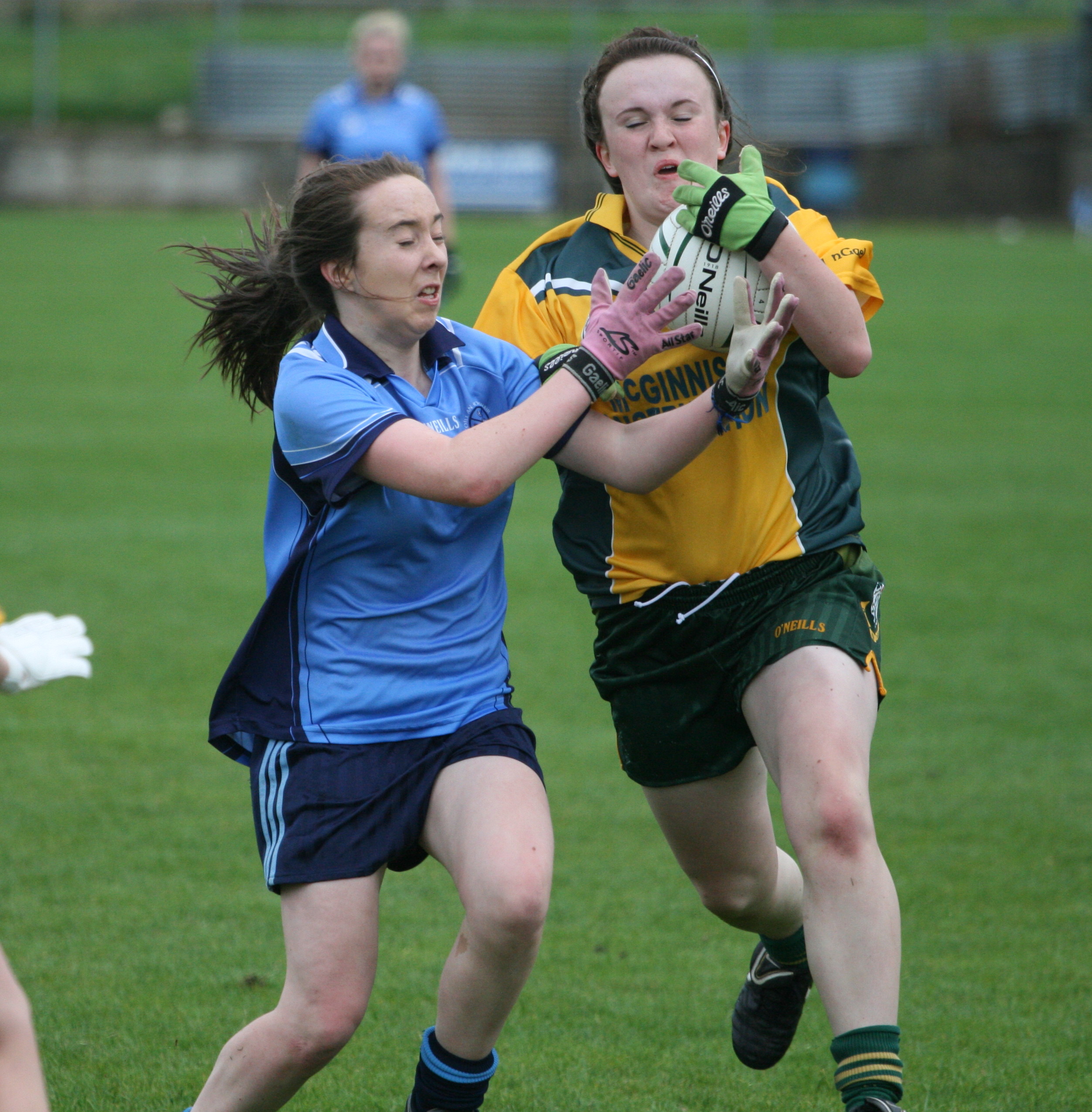
The behavior of this operator is only defined for input values greater than or equal to zero. Negative values are outside the value range of unsigned types. The predefined index from end operators are as follows: System.Index operator ^(int fromEnd) Name Standard Microsoft Others (most of) 32bits 64bits 32bits 64bits 1. Type Conversions In C, operands of different types can be combined in one operation. We call this the index from end operator. We augment the grammar for unary_expression with the following additional syntax form: unary_expression It will be lowered into the appropriate System.Index factory method call. Its single operand must be convertible to System.Int32. The feature will introduce a new unary prefix "hat" operator. We introduce a new Index expression that means "from the end". Public static T GetSubArray(T array, System.Range range) Ĭ# has no way of indexing a collection from the end, but rather most indexers use the "from start" notion, or do a "length - i" expression. The following member must be present: namespace arguments are missing, the appropriate member may be substituted.įinally, for a value of type System.Range to be used in an array element access expression, However, if any of the other members are present and one or more of the Of the number of arguments, the Range constructor is always sufficient for using the syntax allows for either, both, or none of its arguments to be absent. Public static Range EndAt(System.Index end)
-Mag-One-By-Motorola-BPR40-Portable-Two-Way-Radio-img3.jpg)
Public static Range StartAt(System.Index start) Public Range(System.Index start, System.Index end) Or more of the following members: namespace System And what we'll have will be the max value of each type Because this huge value is the maximum value of an unsigned long long. syntax for System.Range will require the System.Range type, as well as one Indeed, with an unsigned short, we will be able to use this type up a value of 65535 in decimal or 0xFFFF in hex. Puedes valorar ejemplos para ayudarnos a mejorar la calidad de los ejemplos. To use the System.Index type as an argument in an array element access, the following Estos son los ejemplos en C++ (Cpp) del mundo real mejor valorados de u16 extraídos de proyectos de código abierto. To use the "hat" operator ( ^), the following is required namespace System Types and members may be necessary, depending on which syntactic forms are used. The f32 type is similar to float(Single precision) in other languages, while. To use the new syntactic forms for System.Index and System.Range, new well-known Rust follows IEEE Standard for Binary Floating-Point Arithmetic. When the radix is DECIMAL, utoa () produces the same result as the following statement: with buffer the returned character string. The radix values can be OCTAL, DECIMAL, or HEX. The string is placed in the buffer passed, which must be large enough to hold the output.

Most implementations will have larger magnitudes for at least some of these numbers. In particular, _MIN values represent the minimum magnitude representable in the rarely-used one's complement and sign-magnitude forms. The "minimum-magnitude value" column is the minimum possible magnitude for this constant as specified by the standard. However, the API document on the readu16 function says '16-bit unsigned short representing the current input voltage, normalised to a 16-bit value.

#U16 range c code#
(NUCLEO-F103RB) When I tried the following code on NUCLEO-F103RB, readu16 function returned values between. The C99 standard also specifies the header file, which provides names and limits for explicitly-sized platform-independent integer datatypes (e.g. AnalogIn::readu16 function returns 0.4095. The values are implementation specific, but may not be of lower magnitude than certain specified values in a conforming C implementation. Limits.h includes definitions of the characteristics of common variable types.


 0 kommentar(er)
0 kommentar(er)
